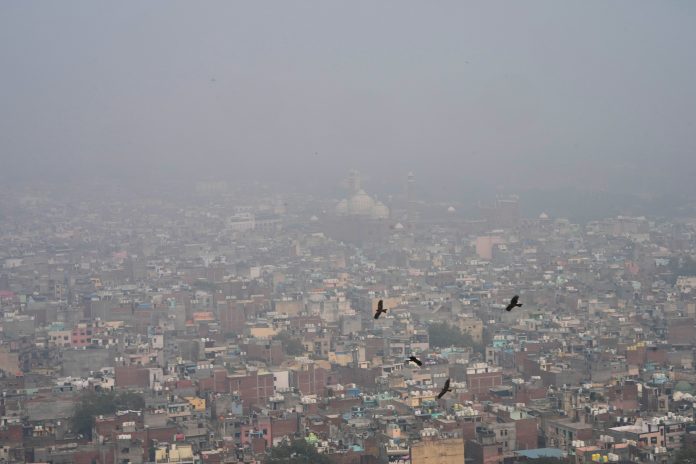Air pollution is an insidious, silent killer, claiming 8.1 million lives worldwide in 2021 alone, according to a recent report by the Health Effects Institute (HEI) in partnership with UNICEF. This staggering figure, accounting for approximately 12% of total global deaths, underscores the urgent need for a comprehensive and coordinated international response to this public health crisis. The report reveals that India and China bear the brunt of this burden, with 2.1 million and 2.3 million fatalities, respectively, accounting for more than half of the global air pollution-related deaths. These alarming statistics highlight the dire state of air quality in some of the world’s most populous countries and its profound impact on public health. The report sheds light on the disproportionate impact of air pollution on vulnerable populations, particularly children under the age of five. The impact of air pollution is not confined to a single region. South Asia, Southeast Asia, and Africa are particularly hard hit. This widespread impact underscores the global nature of the air pollution crisis and the need for international cooperation in addressing it. The death figures are a tragic reminder of the urgent need to address air quality issues to protect our youngest and most vulnerable citizens.
Particulate matter smaller than 2.5 micrometres (PM2.5) is identified as the most significant contributor to air pollution-related deaths. These tiny particles can penetrate deep into the lungs and enter the bloodstream, causing a wide range of health problems, including heart disease, stroke, diabetes, lung cancer, and chronic obstructive pulmonary disease (COPD). PM2.5 has been consistently linked to poor health outcomes globally, making it a critical target for air quality improvement initiatives. In India, construction projects significantly contribute to air pollution. Despite the existence of laws, builders and contractors frequently disregard established norms, and Government Departments responsible for preventing such violations often turn a blind eye. Another major pollutant is stubble burning, which sparks much outcry during the winter months. However, no effective solution has yet been implemented on the ground. Consequently, pollution levels exceed permissible limits by a large margin. Without real-time monitoring and immediate preventive measures, the situation will continue to worsen.
The HEI report emphasises that improving air quality is both practical and achievable. Effective policy measures, such as stricter emission regulations, promoting cleaner energy sources, and enhancing public transportation, can significantly reduce air pollution levels. Additionally, raising public awareness about the health risks associated with air pollution and encouraging behavioural changes can also contribute to cleaner air. Governments must prioritise air quality in their health policies and non-communicable disease prevention programs. Investments in clean energy infrastructure, public transportation, and green technologies are essential. International bodies, such as the WHO, should facilitate cooperation and knowledge sharing among nations to implement best practices and innovative solutions. Technological advancements offer promising solutions to combat air pollution. Electric vehicles and renewable energy sources, such as solar and wind power, can significantly reduce emissions from transportation and energy production sectors. Moreover, urban planning that promotes green spaces, reduces traffic congestion and encourages the use of public transportation can also play a crucial role. Cities like Copenhagen and Singapore have successfully implemented such measures, resulting in improved air quality and public health. Addressing air pollution requires a collective effort from all sectors of society. Communities must be engaged in the process. Public awareness campaigns can educate individuals about the health risks associated with air pollution and the actions they can take to reduce their exposure.
The findings of the HEI report serve as a stark reminder of the severe health impacts of air pollution and the urgent need for action. The report provides both information and inspiration for change. Policymakers, industry leaders, and the public must come together to combat air pollution. The time to act is now, as everyone is affected, irrespective of their status in society.
Trending Now
E-Paper


